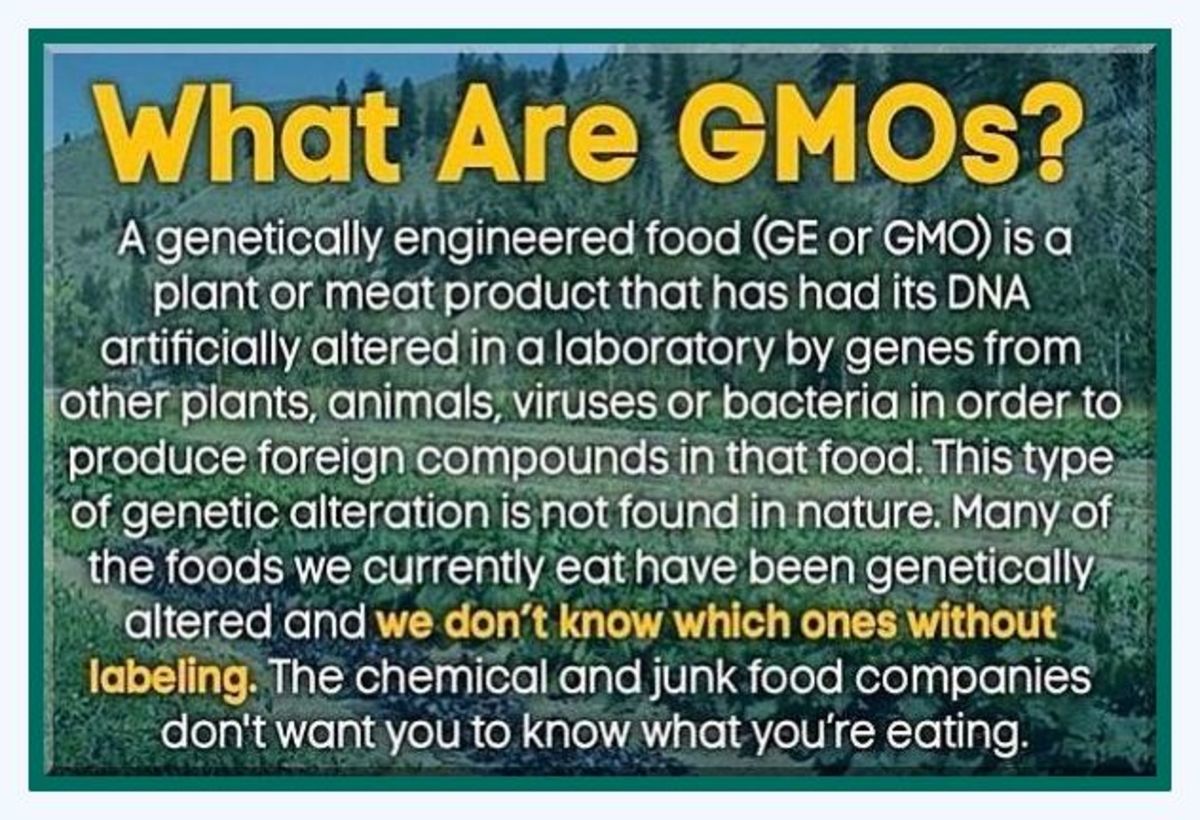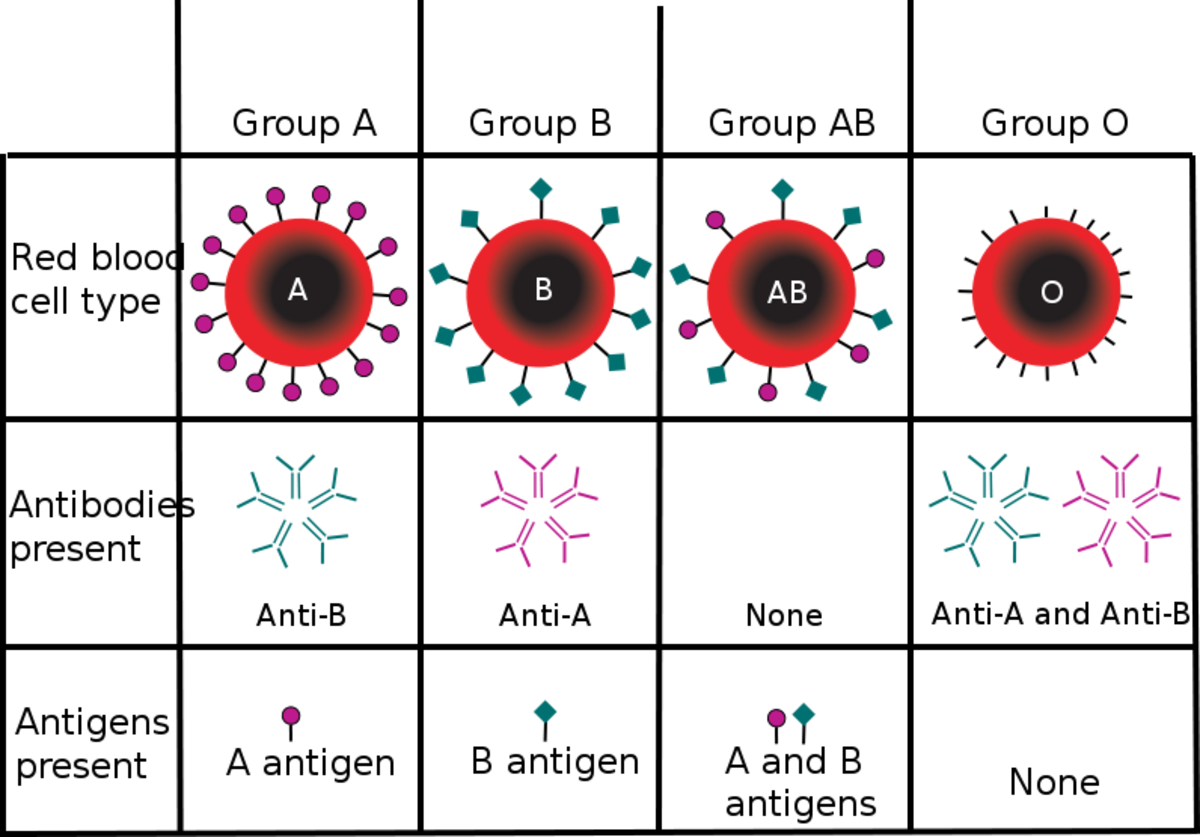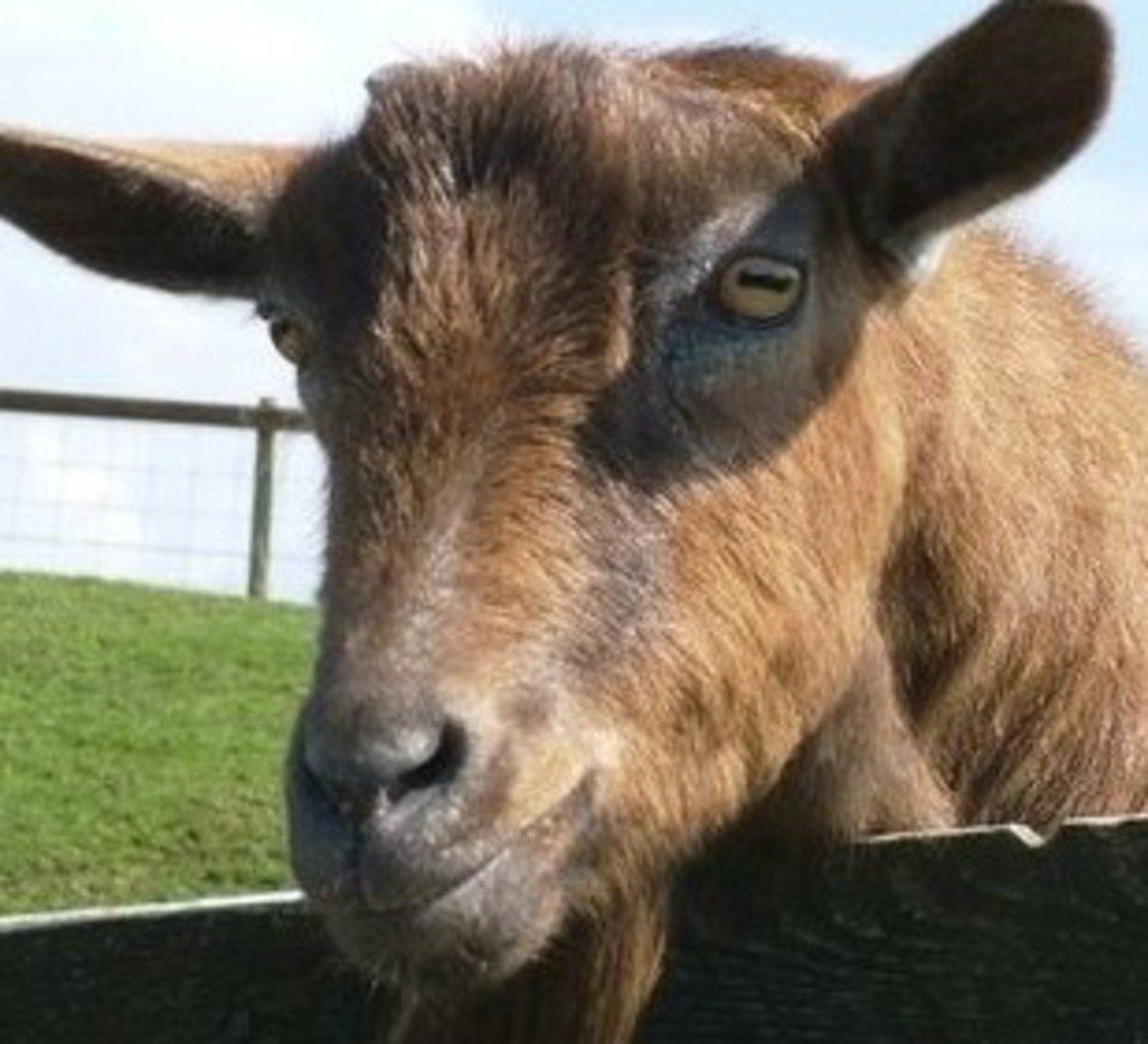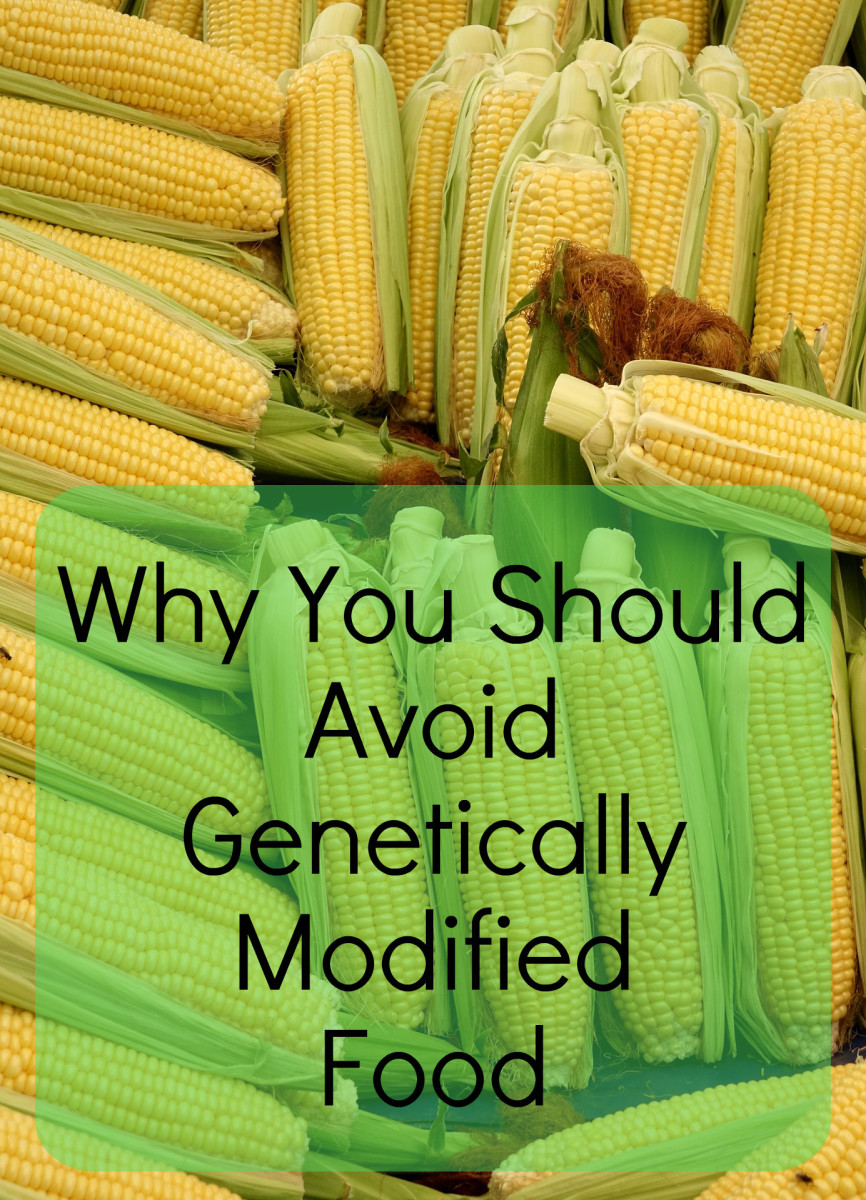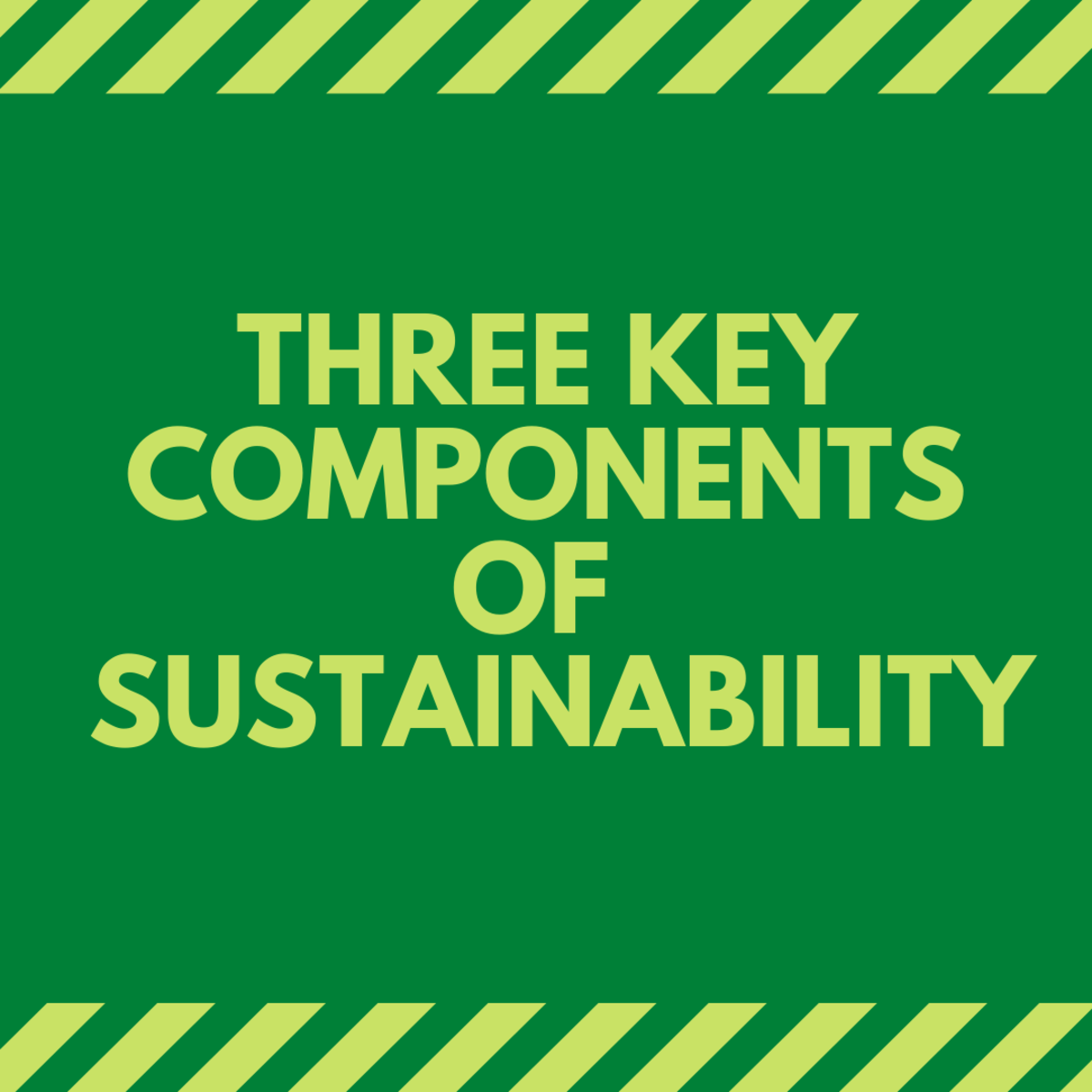Testing Approval for Human Genetic Engineering
GMO is seen as one of those modern mircalse, but some people are not so convinced.
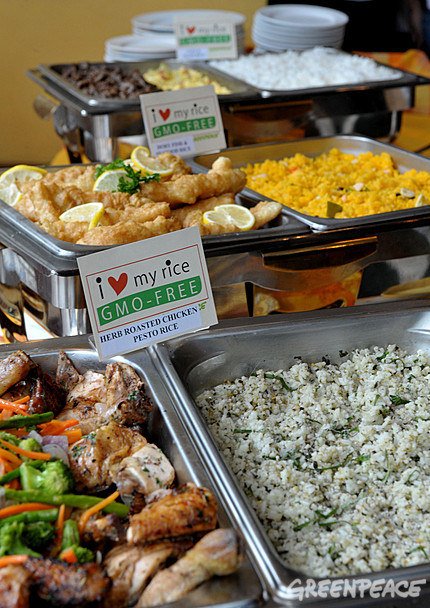
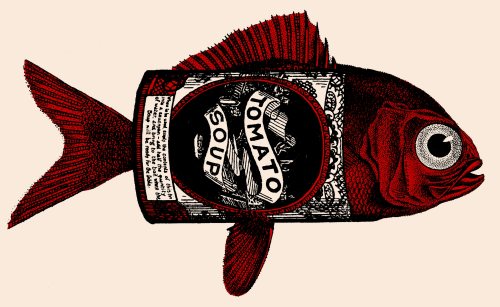
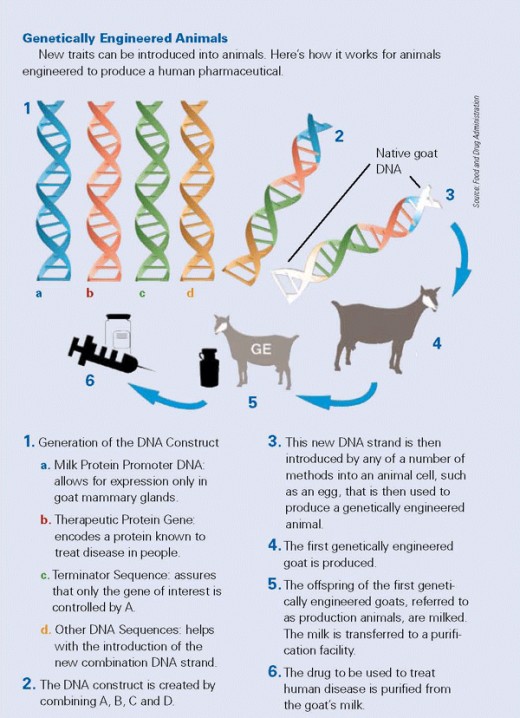
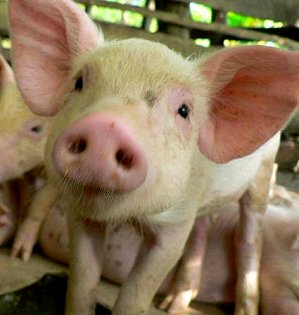
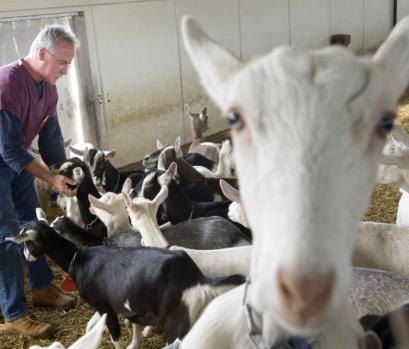


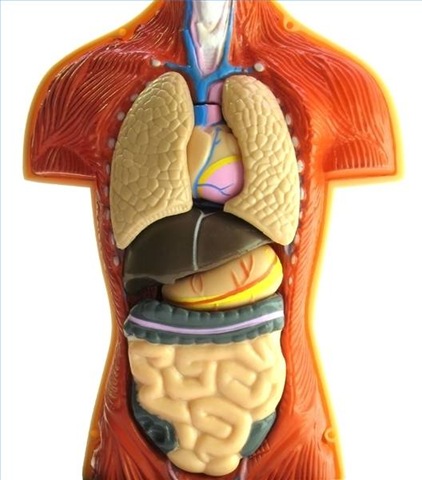
By now everyone is familiar with genetic modification and the mapping of the human genome, but there are other issues too.
Over the last decade genetic science has mapped the entire human genome. The first mapping took a long time, but today, we can map simple genomes in a week such as was done recently for the H1N1 virus in 2009. As far as the human genome is concerned, we have one map and people differ genetically. In the main, we are similar, but differ in the particular. In fact, in the particular, there are a huge variety of variations. Some of these protect a few people against bubonic plague and even H.I.V. There is even a genetic variation that protects some against tuberculosis. These seem like great arguments in favor of approving human genetic engineering. But it is not natural and genetic engineering must begin in vitro, before the human zygote develops into a multi-cellular organism. This means that all genetic engineering must be accomplished just after the point of meiosis between the ovum and the sperm. The metabolism of new cell must then be slowed before it divides and at that point the corrective genetic material inserted. The goal of this line of "perfecting the offspring" is to eliminate the tendency to genetic based disease. Abuses at the whim of the highest bidder would be to change things like appearance like height and eye color. All of this is possible, but it is done out of the context of nature and we are at the leading edge of history and are not aware of what will truly occur down the historical path into the future.
Before we knew the genome of anything, we perfected cloning and the first successful clone of a mammal was dolly the sheep. The first generation of cloning promised instant flocks of perfected animals from perfect donors. But there turned out to be a fatal flaw. Dolly did not live as long as the donor parent. After a lot of probing, it was found that the loss of telomeres on chromosomes from the adult stage of the donor was transferred to the clone. The clone then degenerated from that point and wound up with genetic scrambling earlier in life when the telomeres ran out. Telomeres are good for about eleven cell divisions overall before they are used up. After this, cell division degrades and eventually becomes scrambled enough to lead to cellular death. The next best bet would have been to allow the original zygote to divide a few times and separate the cells to create several zygotes, but this limits the number of the new clones. Further, as the dividing and splitting apart of the zygote reduces the amount of material for each one to work with. This can give each one a weaker start that can be crucial for survival.
Human beings, like all other life, evolved in the context of nature and co-evolved with other species. As the environment changed, humanity changed along with it via natural selection and adaptation to the changing environment. What we are attempting to do is sidestep nature when we approve genetic engineering for human beings. We do not ultimately know where nature is heading, but we are altering the environment with our industrial activities and with genetically modified organisms (GMO). The goals for GMO were to create pest and disease resistant food plants and animals. The GMOs received a patent and these patents were protected with the full might of the law. These were supposed to be contained, but this did not happen; at least in the case of plant material. One result was the charging of fines to farmers who wound up with GMOs in their fields due to the mix of GMO material with natural plants through cross fertilization. The way the whole business unfolded had all the earmarks of a planned event to squeeze out neighboring farmers with excessive fines. Further, farmers were encouraged to use GMO crops, but under the law, the seeds were "rented" and not bought outright, as the patent owner held legal title to the seeds and could regulate there dispersal.
Companies like Monsanto have a vested interest in GMOs and even have research undergoing to develop the suicide gene, called by some the terminator gene, so that plants will only produce sterile seed that will not produce a successive generation as was done from times immemorial. This means the fresh seed for the following year has to be obtained from the producer such as Monsanto. This kind of thing has lead to disasters in India, where poor farmers could not pay their Monsanto bill for GMOs and the required fertilizer and committed suicide in the tens of thousands. There is a lot of controversy over this single research, let alone introducing GMOs into nature with unknown results. There are ongoing protests and lobbying on both issues. It is known that some people do get ill from eating GMO corn, which is prevalent all over N. America at this time. Corn is wind pollinated, which means there is a lot of cross contamination with natural varieties. At this point, there is hardly any natural corn left due to the pervasive use of GMO corn. But corn is not the only GMO crop. By now, just about anything you can imagine, has a GMO counterpart, with the exception of long established fruit trees and vines that take a long time to grow, mature and produce seed of their own. But the clock is ticking on this too.
GMOs are genetically engineered to be pest and disease resistant, but there is no guarantee that this will last longer than several generations. The evidence and proof for this comes from the field of anti-biotics. After a few generations of extensive use on humanity and food animals, super bugs have evolved that are resistant to anti-biotics and some have total immunity to all anti-biotics. Some have even evolved that eat anti-biotics. Therefore, it stands to reason that GMOs now resistant to disease and pests will not remain so after several generations. Nature is a stimulus and response feedback process where there is something of a see-saw struggle between species in the complex predator-prey feedback loop. Natural selection already causes adaptations in such a manner and has done so from the beginning of life.
Human genome engineering, which is only in the infancy of the knowledge base, has a number of pitfalls. One is the unknown effect of genetic changes. They will not be the same from person to person due to our genetic diversity from each individual. When two GMO people mate, there will be three possible outcomes of offspring due to the laws of inheritance found and laid down by Gregor Mendel. One of the outcomes could possibly be a new genetic disease hitherto unseen. This is a trade off for giving the other three quarters of the population partial or full immunity to something else, which in itself will be temporary. Another pitfall is due to our ignorance of what each and every gene is responsible for in the astounding myriad of processes that go on in the total body every second of life. We are nowhere close to full understanding, so it is a very large gamble. Are we ready to risk the future of our species on a gamble? Will people become experimental animals? Then there is politics and economy. We have already seen what has occurred with other GMOs. Will humanity be subject to the laws of "renting" their own bodies, whose GMO genome is owned by the likes of Monsanto et al? Will people become mere commodities, just as their labor and products of their hands and minds? If we become commodities, then it will be a reworking of slavery. If we become the GMO commodities of some corporation, will we even have any rights to our own bodies and lives? Clearly laws will have to be redefined and enforced; otherwise there will be considerable abuse for the sake of profit. It's even possible, that human beings will be grown purely as an organ bank for someone who can afford to have such a bank. GMO people may become the ultimate in disposable products. Even without GMO people as an organ bank, there is a furtive and highly profitable trade in human organs from poor people in just about every nation on earth.
The answer to the question; at least at this stage, for testing to be approved for human genetic engineering has to be no. The risks are far too great until we have a better grasp of what it is we are attempting to do and what the motives behind it are. What nature does on its own is being co-opted by corporations. We have already seen some problems crop up in non human experiments.

